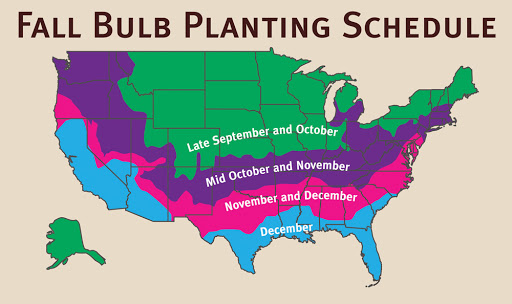A.D.R. is, by far, my favorite bulb company. Top quality products at a fair price and the best customer service out there.
Chris, I speak nothing but the truth. A.D.R. IS my favorite bulb company and I've never ever had even the smallest problem that A.D.R. hasn't taken care of to my complete satisfaction.
Bonnie Pega
, The Great Big Greenhouse
« Previous Plant | Next Plant »
Narcissi Large Cupped 'Carlton'
Daffodil
Introduced in 1927, Narcissus 'Carlton' is a classic large-cupped daffodil, reaching 18 to 20 inches in height. It produces solid golden-yellow blooms with wide, gracefully frilled cups and broad, overlapping petals, creating a bold, uniform display. The flowers appear in mid-spring and have a unique vanilla fragrance, making them excellent for cut arrangements. Thriving in full sun to part shade, 'Carlton' prefers well-drained soil and is deer-resistant, rabbit-resistant, and drought-tolerant. This variety is one of the best perennializers, famously reliable for large-scale plantings.
Recommended Substitutes for Narcissi Large Cupped 'Carlton'
Narcissi Calculator
When should I plant Narcissi Large Cupped 'Carlton'?

Growing and Maintenance Tips for Narcissi Large Cupped 'Carlton'
Planting: Plant bulbs in fall, 6 inches deep and 4 to 6 inches apart, with the pointed end up. These daffodils are ideal for mass plantings or formal borders.
Location: Full sun to partial shade. They bloom best with at least 6 hours of sunlight daily.
Soil: Well-drained, moderately fertile soil with a slightly acidic to neutral pH (6.0–7.0). Enrich with compost or leaf mold.
Watering: Water after planting and during active spring growth. Once foliage yellows, reduce watering—bulbs prefer dry summer dormancy.
Temperature: Hardy in USDA zones 3–8. Requires a winter chill to bloom reliably.
Fertilization: Apply compost or a low-nitrogen fertilizer in fall and again in early spring.
Pruning: Deadhead spent blooms to prevent seed formation. Allow foliage to die back naturally to recharge the bulb.
Propagation: Naturalizes by offsets. Divide clumps every 4 to 5 years in summer when dormant.
Pest & Disease: Deer- and rodent-resistant. Good drainage prevents bulb rot.
Plant Characteristics
Additional Information
| Height | 18 Inches |
| Spread | 4-6 Inches |
| Spacing | 4-6 Inches |
| Hardiness Zone | 3-8 |
| Color |
Yellow |









Check back soon for additional details.